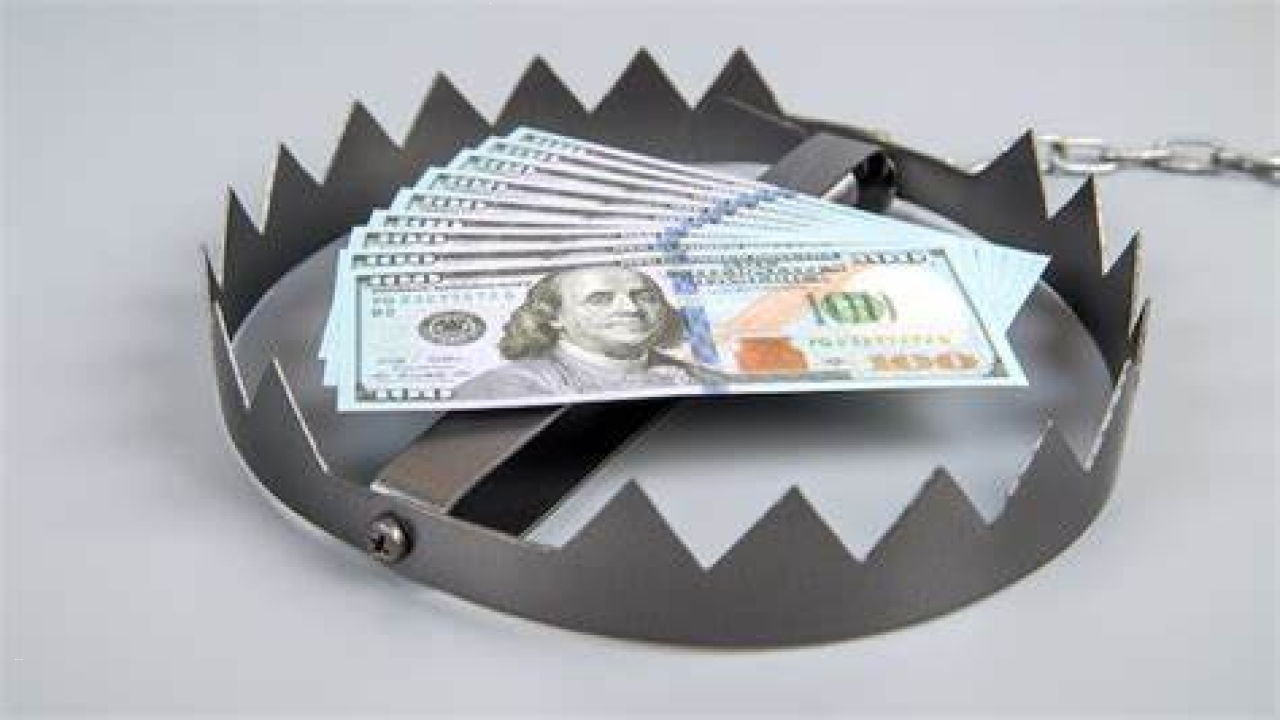Bear Trap
In the world of stock markets, investors are constantly searching for signals that can help them make informed decisions. However, sometimes the markets can play tricks on even the most astute investors. One such deceptive signal is known as a bull trap. This article aims to shed light on the concept of a bull trap, its occurrence during a bear market reversal, and the consequences it can have on short sellers.
Understanding the Bull Trap
A bull trap refers to a false signal that misleads investors into believing that a rising trend in a stock or index has reversed, when in reality, it has not. It lures investors into making premature bearish decisions, leading to potentially costly outcomes.
The Bear Market Reversal Scenario
During a bear market reversal, there is a prevailing belief among short sellers that the markets will revert to their declining ways. This sentiment arises due to various factors such as negative economic indicators, geopolitical tensions, or pessimistic market sentiment. In such situations, short sellers may take positions to profit from further declines, anticipating a continuation of the bearish trend.
The Trapped Short Sellers:
When a bull trap occurs, the markets defy expectations and continue to rise, trapping short sellers in their positions. As the market gains momentum, short sellers find themselves in a precarious situation. They are forced to cover their positions at higher prices to limit their losses or face potentially unlimited losses if the market continues to rise.
Consequences of a Bull Trap
- Financial Losses: Short sellers who fall into the bull trap suffer significant financial losses. The difference between their initial short position and the higher price at which they cover their position results in a loss.
- Market Volatility: Bull traps contribute to increased market volatility. The false reversal signal can create panic among investors, leading to erratic buying and selling activity. This volatility can amplify market swings and make it challenging for investors to make rational decisions.
- Psychological Impact: Falling into a bull trap can have psychological consequences for investors. It erodes confidence and can make them hesitant to trust future signals, leading to missed opportunities or impulsive decision-making.
Avoiding the Bull Trap
While it is impossible to predict market movements with certainty, investors can take certain precautions to reduce the risk of falling into a bull trap:
- Thorough Analysis: Conduct comprehensive research and analysis of the stock or index before making investment decisions. Consider multiple indicators, technical analysis, and fundamental factors to gain a holistic understanding of the market.
- Diversification: Diversify your investment portfolio across different asset classes and sectors. This strategy can help mitigate the impact of a bull trap on overall portfolio performance.
- Risk Management: Implement appropriate risk management techniques, such as setting stop-loss orders or using options to limit potential losses. These measures can act as safeguards if a bull trap occurs.


